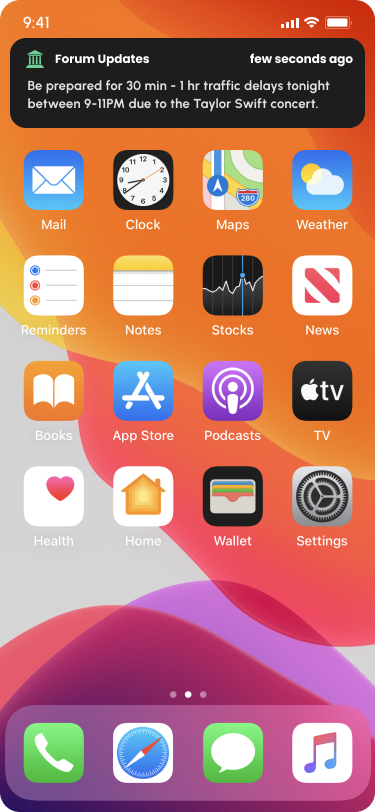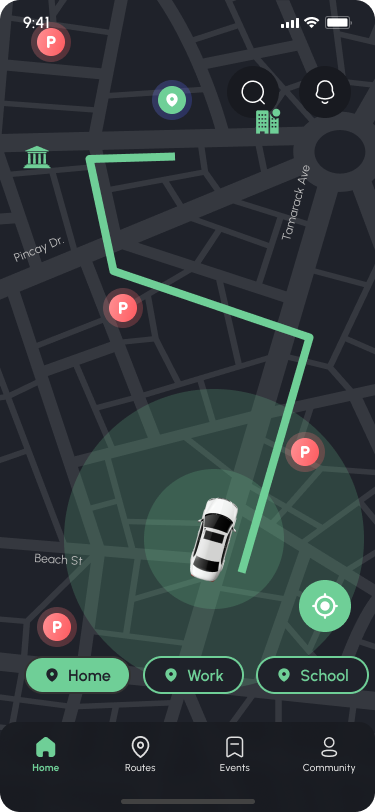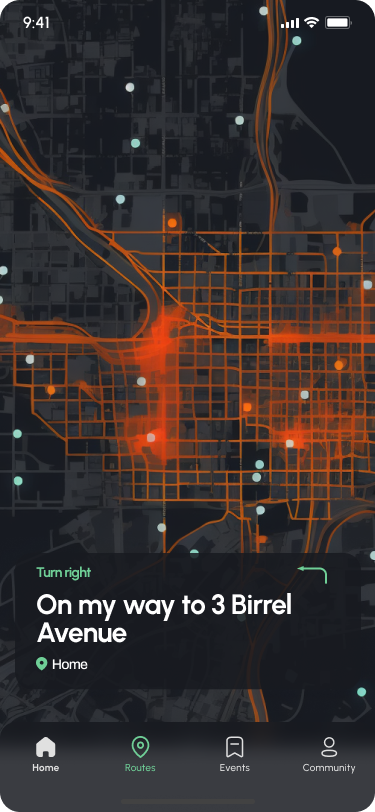
Communities near stadiums face regular disruptions including traffic congestion, noise pollution, and missed business opportunities during events. The existing solutions fail to address these localized concerns adequately, leaving residents and local entrepreneurs grappling with the chaos and unable to seize potential opportunities. Our project aims to create a solution centered around the community's real-time needs and insights, aiming to transform event days from a period of disruption to a harmonious, opportunity-rich time.
Discovery
To launch the intelligent traffic management app project, we first immersed ourselves in a detailed study of existing problems. We connected with various stakeholders such as residents and business owners, harvesting insights through interviews and surveys to deeply understand the prevailing issues from multiple angles. Leveraging this foundation, we embarked on brainstorming using "How Might We" (HMW) questions, fostering creative and open-ended discussions focused on real needs and concerns, to encourage solutions genuinely grounded in the community's experiences and needs.
.
Following our initial research, we conducted a competitive analysis of existing apps to discover untapped opportunities. This entailed dissecting features, user experiences, and customer reviews of prominent traffic management applications. Through a meticulous comparison, we identified gaps in the market and pinpointed areas where our app could outshine others.
This strategic analysis facilitated a clear pathway in carving a niche for our app, ensuring it was not just another traffic management tool, but one designed with a deep understanding of the unique challenges and needs of stadium-adjacent communities.
Armed with insights from our research and competitive analysis, we developed a prototype. This phase was centered on transforming the identified opportunities into tangible features, crafting an interface that was user-friendly and intuitive. By prioritizing the critical pain points of our target audience, we built a prototype that encapsulated solutions to the real issues faced by the community.






After presenting the prototype, we gathered immediate reactions, distilling a variety of responses ranging from excitement to curiosity. Participants valued the intuitive features designed to alleviate daily commuting challenges. Though some aired concerns over potential technical issues, the prevailing sentiment was positive, fostering a hopeful outlook for improved daily life in stadium-adjacent communities.
By grounding each development stage in the actual needs and experiences of stadium-adjacent communities we were able to protype an app that not only reacts to but anticipates and addresses real, pressing issues, offering solutions truly reflective of the community's needs and aspirations.










